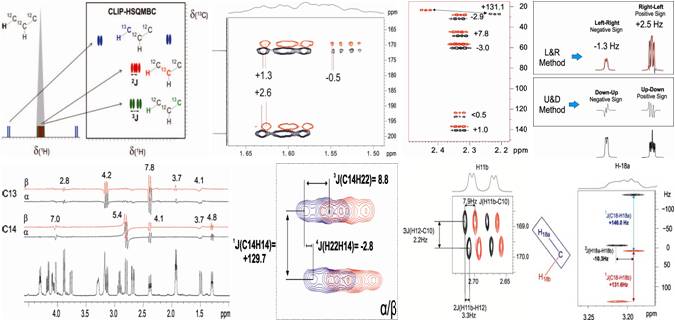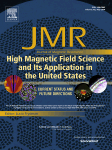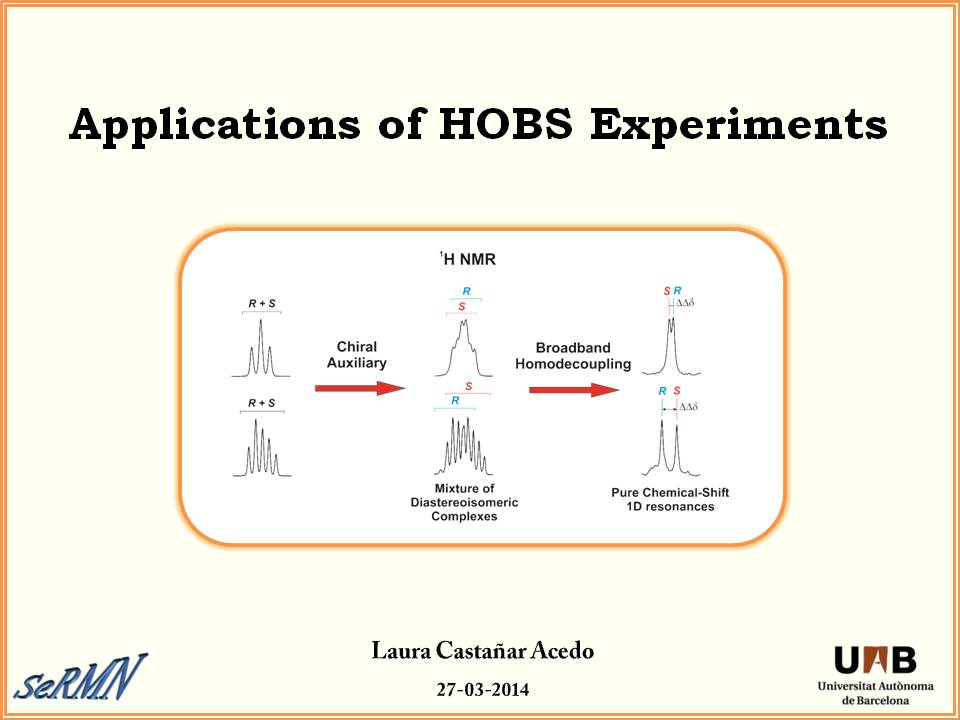“A  new ex vivo method to evaluate the performance of candidate MRI contrast agents: a proof-of-concept study” by Candiota A.P., Acosta M., Simões R.V., Delgado-Goñi T., Lope-Piedrafita S., Irure A., Marradi M., Bomatí-Miguel O., Miguel-Sancho N., Abasolo I., Schwartz S. Jr., Santamaría J., Penadés S., Arús C. J Nanobiotechnology 2014 12:12. DOI: 10.1186/1477-3155-12-12.
new ex vivo method to evaluate the performance of candidate MRI contrast agents: a proof-of-concept study” by Candiota A.P., Acosta M., Simões R.V., Delgado-Goñi T., Lope-Piedrafita S., Irure A., Marradi M., Bomatí-Miguel O., Miguel-Sancho N., Abasolo I., Schwartz S. Jr., Santamaría J., Penadés S., Arús C. J Nanobiotechnology 2014 12:12. DOI: 10.1186/1477-3155-12-12.
A new method has been developed for selecting MRI contrast agents with better expected in vivo performance. This method requires only a very small amount of contrast agent (e.g. 5 nmols/animal, 800 times less than the quantity necessary for in vivo administration) and allows to carry out a more rationally informed candidate selection, avoiding unnecessary in vivo and toxicology tests for the ex vivo poorly performing substances, consequently reducing animal needs, material consumption and overall costs. Continue reading Ex vivo method to evaluate MRI contrast agents
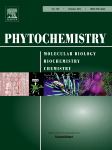
 “Suppresión of phase and amplitude JHH modulations in HSQC experiments” by
“Suppresión of phase and amplitude JHH modulations in HSQC experiments” by 
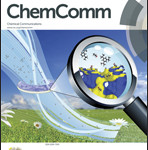
 -Phase Heteronuclear Correlation NMR Experiments ” by
-Phase Heteronuclear Correlation NMR Experiments ” by 